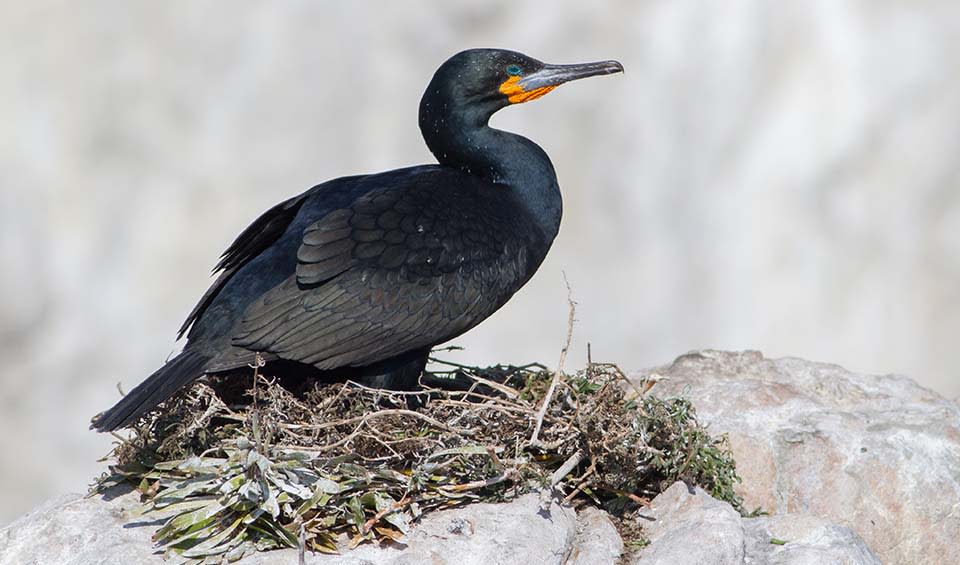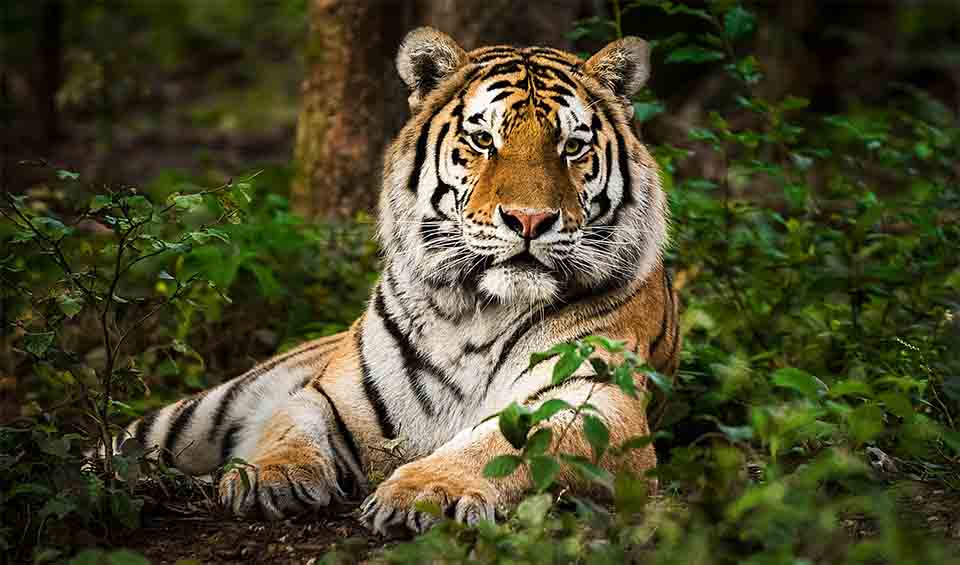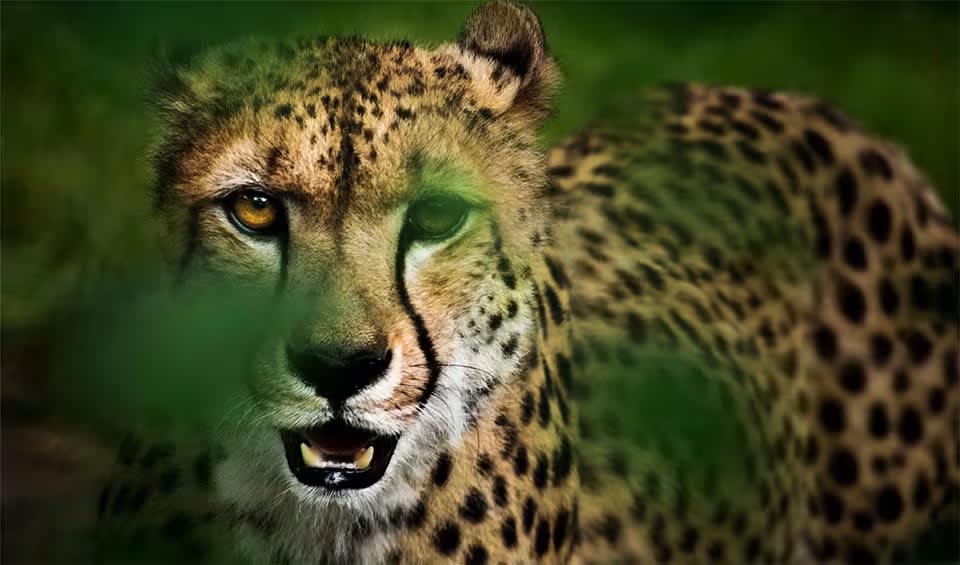A sleek and striking seabird found along the southern African coast, especially around Namibia and South Africa. What immediately sets this bird apart is its glossy, dark plumage that shimmers with hints of green and blue when caught in the sunlight. Its slender, hooked beak and vivid turquoise eyes give it a piercing, intense look, making it easily recognizable among other coastal birds. During the breeding season, adults develop a bright orange patch at the base of their beaks, adding a splash of color to their otherwise dark appearance. Often seen perched on rocks or flying in neat V-shaped flocks over the ocean, the Cape cormorant cuts a distinctive figure along the shoreline.
What makes the Cape cormorant particularly fascinating is its incredible diving ability. As a specialist fish hunter, it plunges beneath the surface with agility, using its strong webbed feet to propel itself underwater in pursuit of shoaling fish like sardines and anchovies. Unlike some other seabirds, the Cape cormorant’s feathers are less waterproof, allowing it to dive deeper and with less buoyancy. After a fishing session, it often stands with wings outstretched, drying its feathers in the wind or sun—a classic and well-known pose among cormorants. This behavior, combined with its coordinated group hunting tactics, makes it one of the most efficient fishers in the region.
However, what makes the Cape cormorant’s story even more compelling is its status as a vulnerable species. Once abundant, its population has declined in recent decades due to overfishing, habitat disturbance, and oil spills that affect its breeding colonies and food supply. Large flocks still gather along the coasts, but conservationists are paying closer attention to these birds as they face growing environmental threats.
Distribution
 Angola
Angola Congo-Brazzaville
Congo-Brazzaville Mozambique
Mozambique Namibia
Namibia South Africa
South AfricaAnything we've missed?
Help us improve this page by suggesting edits. Glory never dies!
Suggest an editGet to know me
Terrestrial / Aquatic
Altricial / Precocial
Polygamous / Monogamous
Dimorphic (size) / Monomorphic
Active: Diurnal / Nocturnal
Social behavior: Solitary / Pack / Flock
Diet: Carnivore / Herbivore / Omnivore / Piscivorous / Insectivore
Migratory: Yes / No
Domesticated: Yes / No
Dangerous: Yes / No




